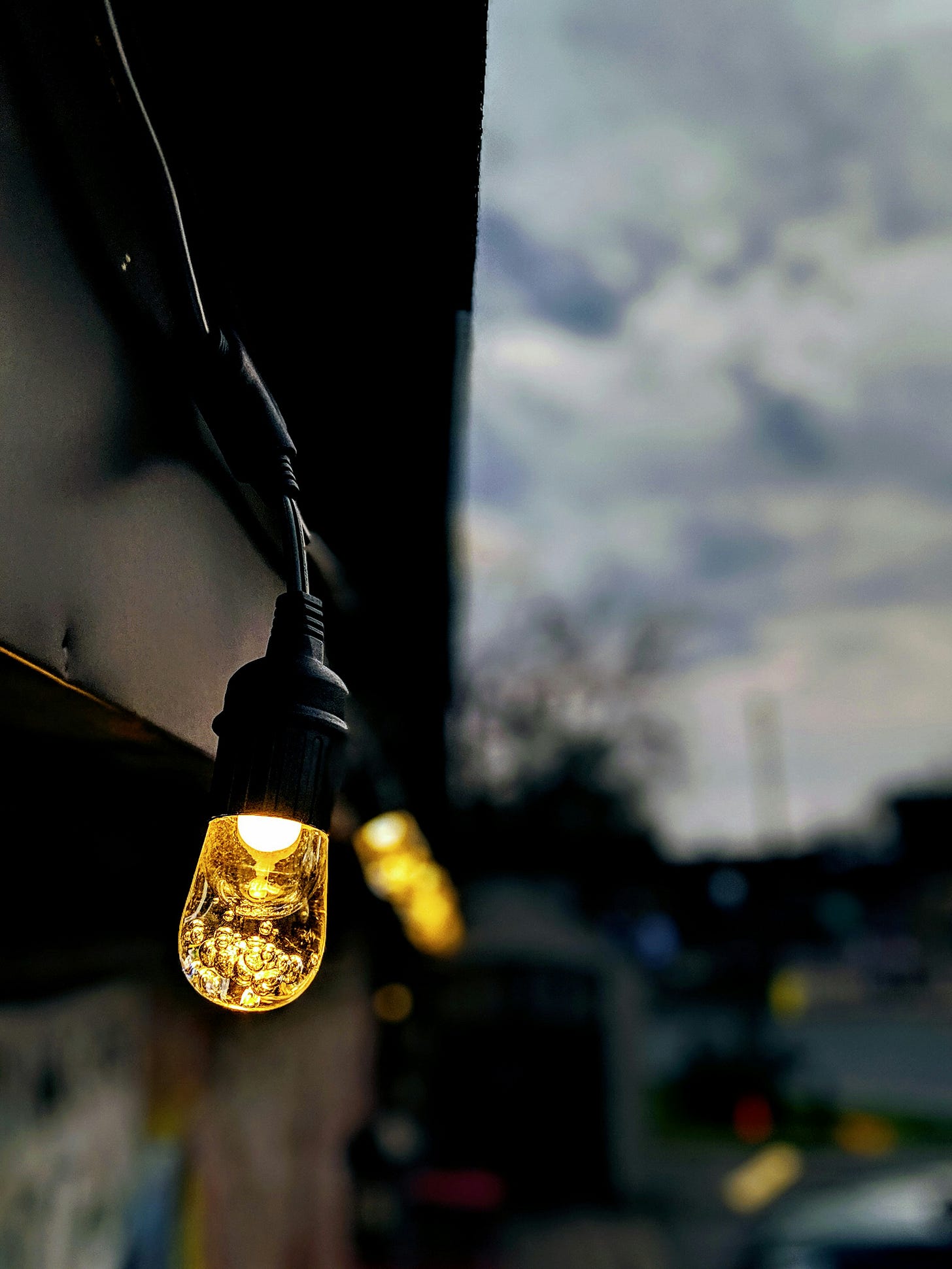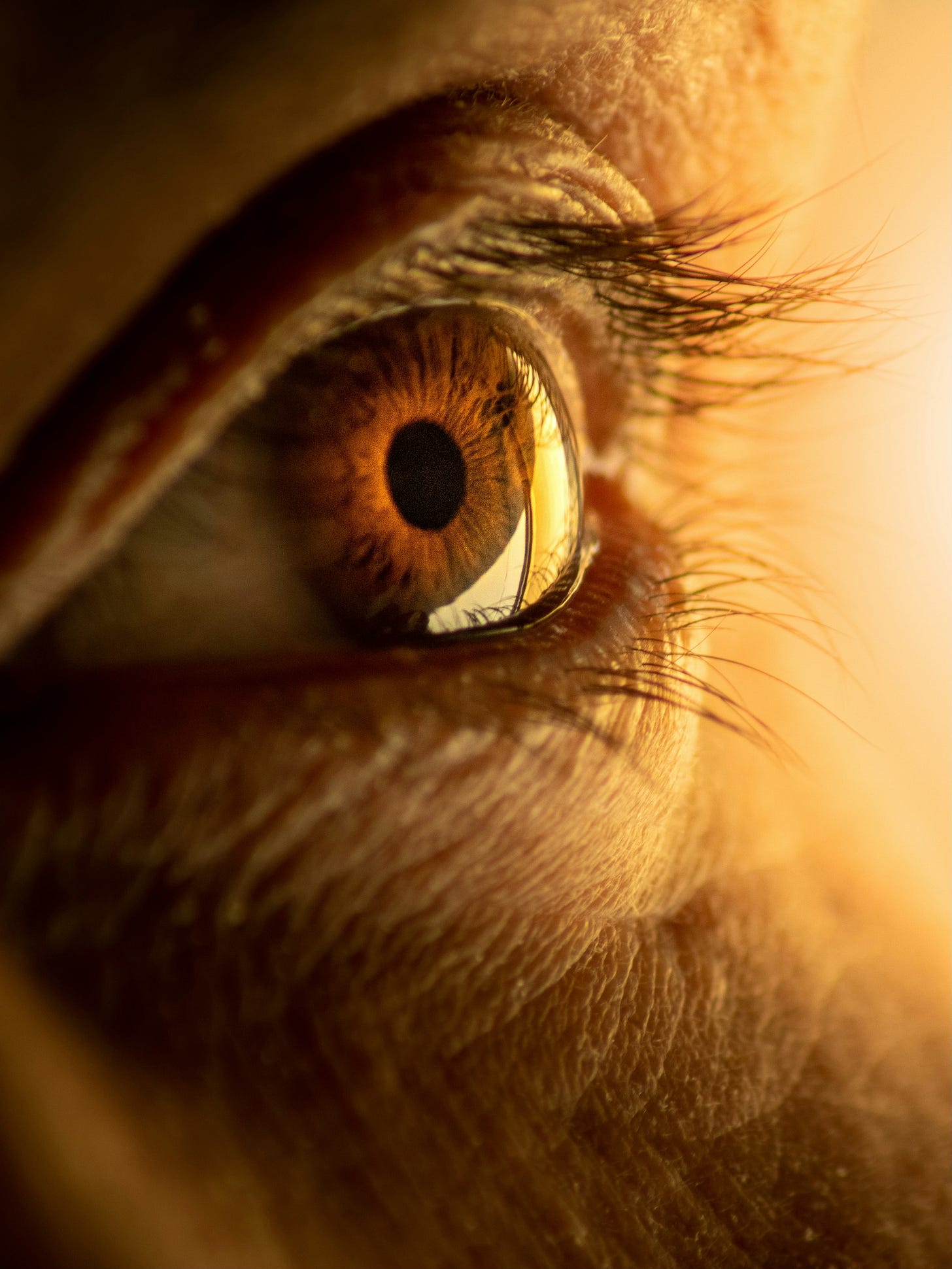Am I dépassé?
Wired or Unplugged? Or somewhere right in between
I remember my first crush(es) on technology. I can recall as if it were yesterday: walking and reading the magazine talking about smartphones and what we will be able to do with them. It sounded incredible! Then, I made my first acquaintance with YouTube at a friend’s house (Imagine that no one thought of adverts — pure music!). Finally, I even got my first cell — a Nokia with a small black screen and a computer of the size of a box of apples landed in our living room. And then it needed some care? The IT man recommended by my friend was a crush, too.

It all took place before the start of the millennium. No one knew that we all became a part of a massive experiment, but some, such as middle-schooler Rena Rudavsky and her family were officially invited to it: Researchers from Carnegie Mellon University installed a computer in their Pittsburgh dining room and connected it to the internet.
For days, Rena and her family members engaged with this exciting new device. Each took turns emailing, participating in chat rooms, and surfing the fledgling World Wide Web. But oddly, each person kept their reactions to themselves.
As it turned out, among the 73 families who participated in the HomeNetstudy, the experience of Rena’s family was common. Lead psychologist Robert Kraut said his team was “surprised to find that what is a social technology, unlike television, has kind of antisocial consequences.”
For years, critics of the internet have pointed to the HomeNet study as an early warning of digital’s negative effects on human connection. As Douglas Rushkoff, a media theorist at Queens College and author of the book Team Human, put it, “When you engage with someone in real life, the oxytocin rushes through your blood when you see their pupils getting bigger and their breathing rate syncing up with yours. These are painstakingly evolved mechanisms for achieving social harmony. And we’re losing them by spending all our time buying shit on Amazon or poring over our newsfeeds.”

But of course that’s not the whole story. Digital technologies also help us perform many essential tasks and improve the quality of our lives.
So what’s the balance? Is digital technology leading — as Rushkoff and others warn — to dangerous levels of human distraction and loneliness? Or can life online open up new worlds of connection and possibility?
The downside
We’ve all heard report after report tying screen time to rises in depression, loneliness, cyberbullying, sleep disorders, and even suicide.
But the evidence isn’t just in scientific journals. It’s in real life, too: In the couple out to dinner who pull out their smartphones and hardly speak. In the distracted driver who barely notices the pedestrians in the crosswalk. In the startled eyes of a fellow shopper when you simply try to make friendly small talk. In these and other ways, you could say we’re now all part of a technology-induced zombie apocalypse — a population deadened and desensitised, present-but-not-so-present.
Consider that many of us engage with technology more often than with our loved ones. Studies show that phubbing — ignoring your loved ones in favor of your phone — is a growing practice that harms parent-child relationshipsand reduces relationship satisfaction among romantic partners.
These findings are confirmed by a survey of 631 US couples by David Schramm, a family life specialist and professor at Utah State University. His work found that nearly half of couples surveyed considered technology a big problem in their marriage, and one-fourth felt their partner’s use of technology in bed interfered with their sexual relationship.
While many of us don’t mind occasional “away time” from friends and lovers, we’re hardly so casual when it comes to our devices. Investigators at the University of Maryland reported that “a clear majority” of students in the 10 countries studied experienced distress when they tried to go without their devices for 24 hours. One in three said they’d rather give up sex than their smartphone!
This addiction hurts more than our mental health: Research suggests it’s literally changing our brains.
In one 2012 study, researchers found that the neurochemicals of frequent internet users showed abnormal connections between the nerve fibers, similar to that of alcoholics!
The upside
You’d think the specter of distraction, depression, addiction, and loneliness — not to mention, a life with no sex — would be sufficient to shake ourselves free from gadgets. But we still can’t resist their charms.
And why would we? They’re incredible tools that enrich our lives in many ways. A study published in 2023 in Frontiers in Psychology, found people felt better, calmer, and more energetic when using their phones and other connective devices, especially when face-to-face interactions were limited.
The benefits extend to all ages. When young adults use digital technologies to maintain social ties, it can bolster their mental health, said researchers from the University of North Carolina at Greensboro. Among older adults, connecting with loved ones through technology reduces loneliness, according to Canadian scientists. And tech-savvy kids may become more fluent in the tools they’ll need for connecting in the 21st century, according to Jordan Shapiro, a professor at Temple University and author of the book The New Childhood: Raising Kids to Thrive in a Connected World.
Particularly in developing countries, cell phones are proving to be game-changers —connecting people to mobile banking, boosting literacy, and improving access to medicine. Around the globe, emerging digital technologies such as data pooling and artificial intelligence are not only performing daily tasks such as navigating traffic or paying a bill, but are also tracking and improving trends in health, the environment, and agriculture — all bringing people together.
Another reason not to freak out about the social ills of digital: Many tech advances initially thought to be apocalyptic were later recognised as transformative. Consider that the philosopher Socrates feared the shift from oral to written storytelling would forever damage human communication. Similar hand-wringing occurred with the emergence of the printing press, mechanical clock, telegraph, and telephone.
Left to our own devices
So what are we to take away from the “it’s good/it’s bad” debate? Here are two takeaways:
We should acknowledge that we’re living in unprecedented times. Within the relatively short span of our lifetimes, the tsunami of digital technology has been so swift and powerful that it’s largely escaped our notice. What’s familiar to us today—smartphones, the internet, social media, AI—was unimaginable to our ancestors only a few generations ago.
Before the start of the millennium, most of the websites and apps we now rely on weren’t even a glimmer in Silicon Valley’s eye. Outside of a Stanford dorm room, Google was virtually unknown. Facebook wasn’t even a thing. Across the world, less than half of people had a smartphone.
And the power of our new technologies has been stunning. While our ancestors wielded stone tools, today we’re building globe-spanning AI systems and technologies that can drive cars, diagnose diseases, edit our genes, and even defend human rights. The smartphone you hold in your hand today has more than one million times more memory than the 1969 computer that took Apollo 11 astronauts to the moon.
Given technology’s swiftness, seductiveness, and power — not to mention, its drift into nearly every corner of our lives — is it any wonder we’re still adjusting?
We should remember that digital technologies—like all tools—work best when used mindfully. A 2023 paper published in Frontiers of Computer Science argued for the importance of intentional digital engagement, as opposed to “mindless” scrolling. Researchers wrote that people should use social media “to intentionally build or manage their relationships, to seek out new information about their interests, or to craft a positive image of themselves through the content they post.” So, before you get rid of all social media (it crossed your mind already — mine too), consider a “mindful digital engagement”. Experiments where participants are urged to simply turn on their phone’s “Do Not Disturb” mode have shown that it can reduce distractions, lower stress, and increase relationship satisfaction.
Another tactic suggested by happiness guru Arthur Brooks, is creating a communication hierarchy. To do this, write down the names of those you hold most dear, and whenever possible, meet with them in person. Save texting and social media for urgent matters and communications with acquaintances.
According to Mark Zuckerberg, Facebook’s mission is to “connect every person in the world.” Fast forward to 2025—a quarter-century since the start of this bold digital experiment—my personal mission is less grand but no less important: to connect in person with every person who matters to me.
Knowing that strong relationships are the bedrock of my happiness as a human being, it’s well worth a shot!


